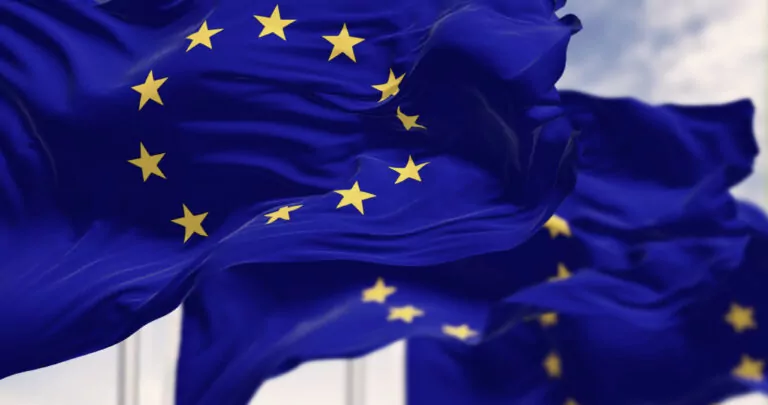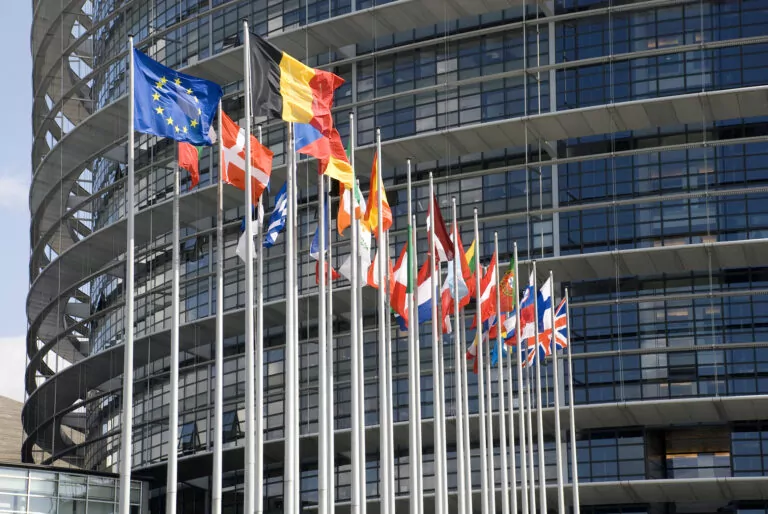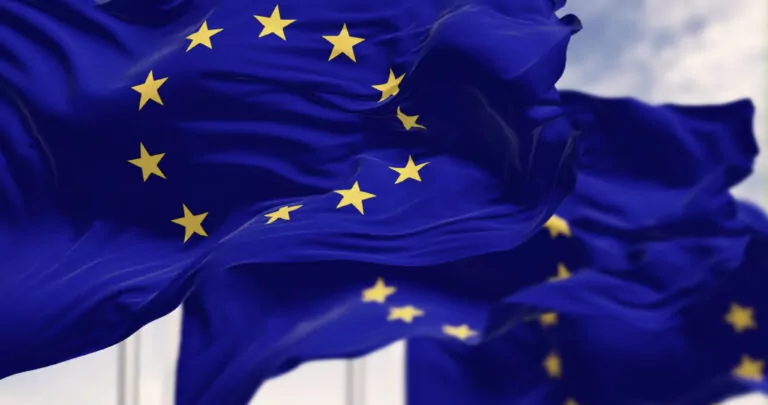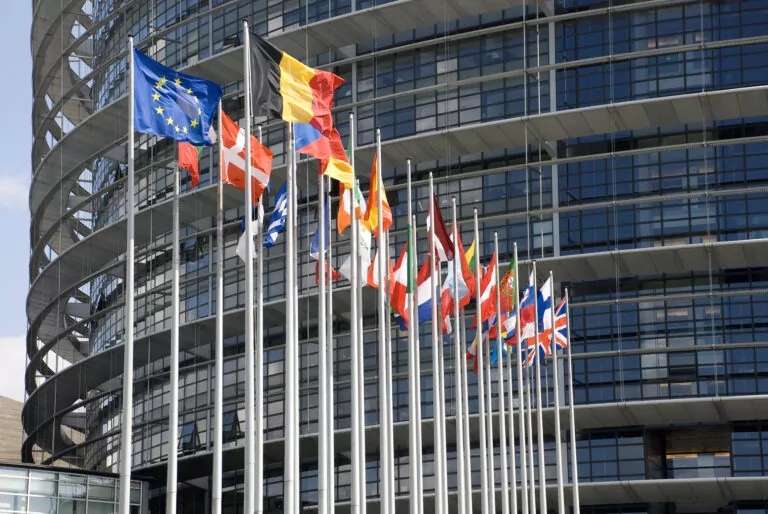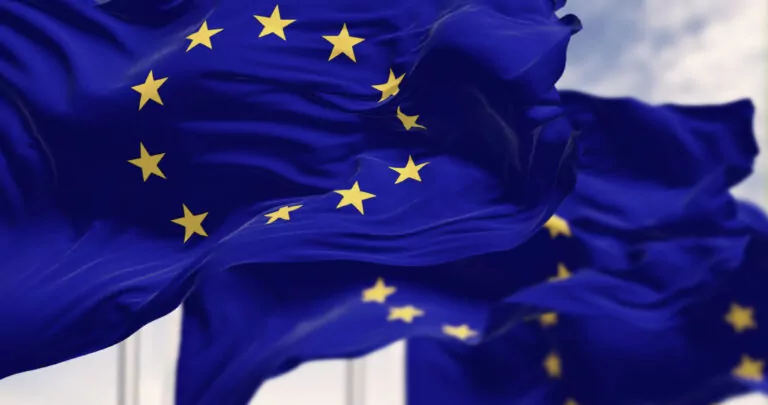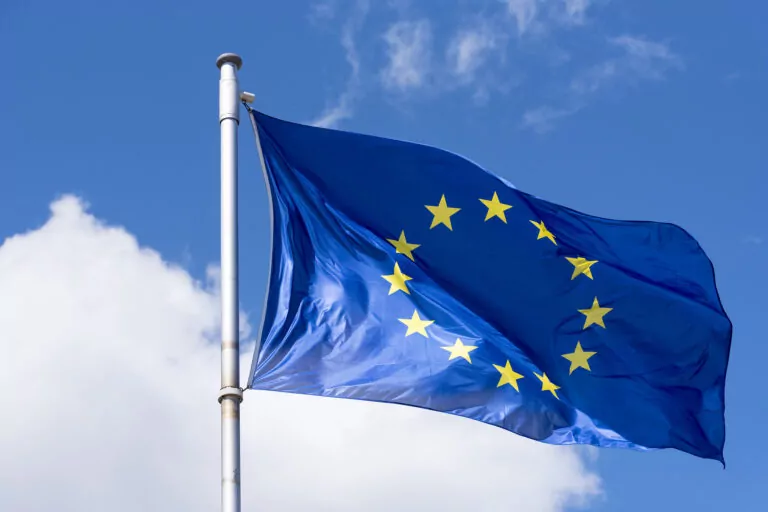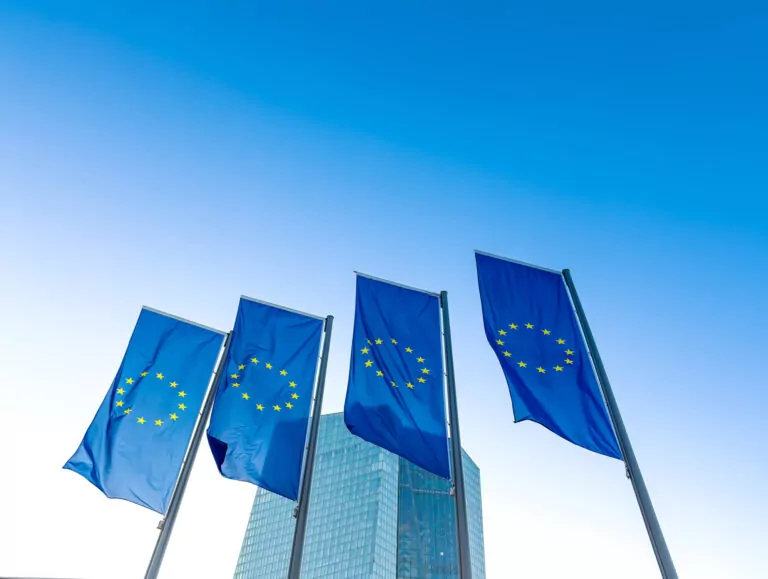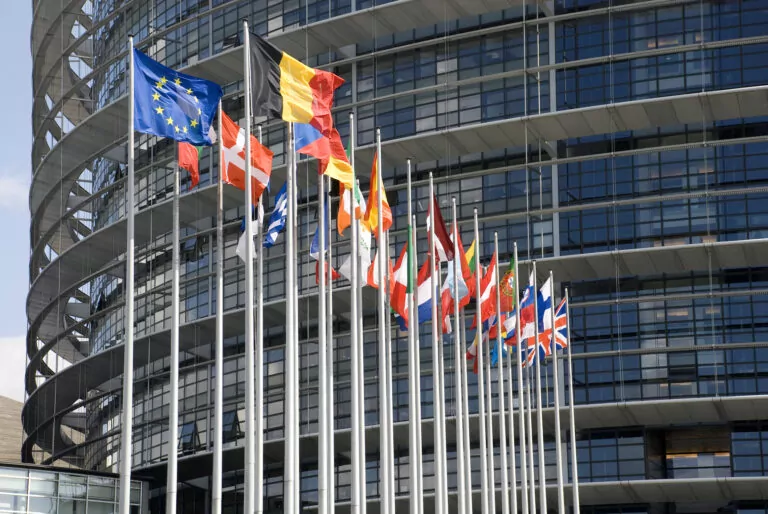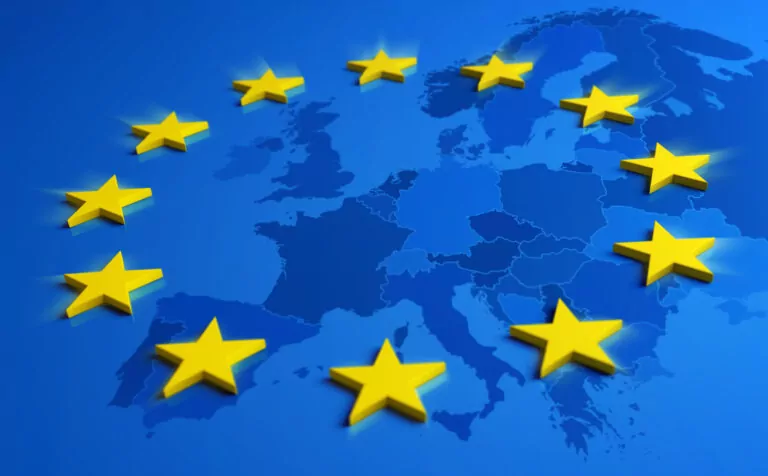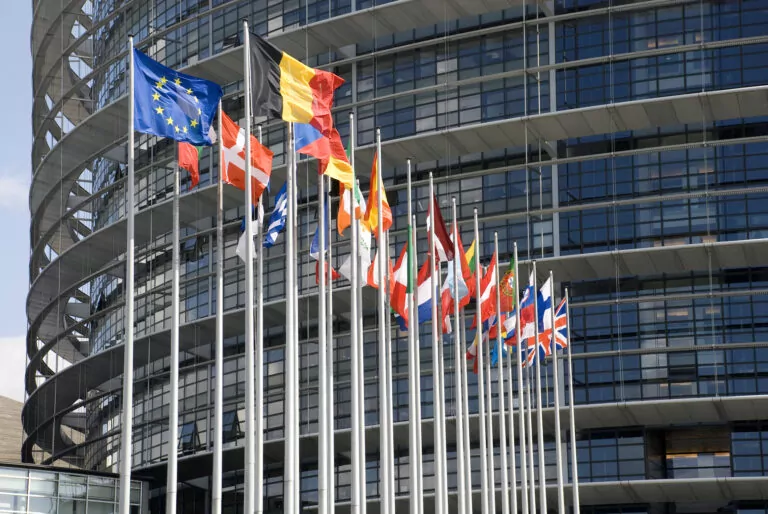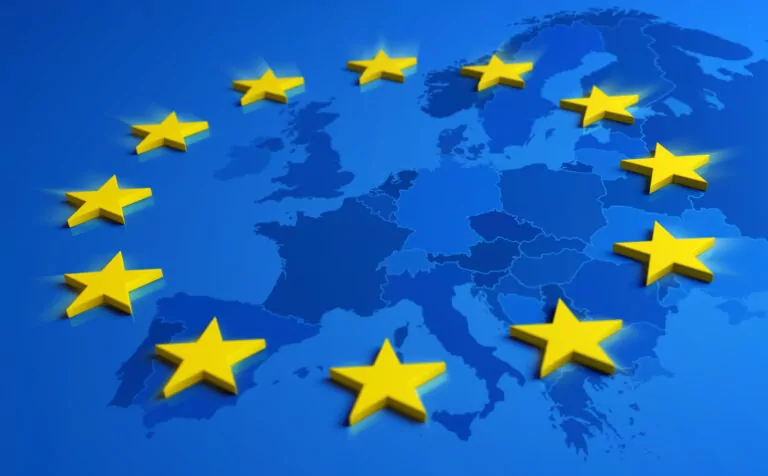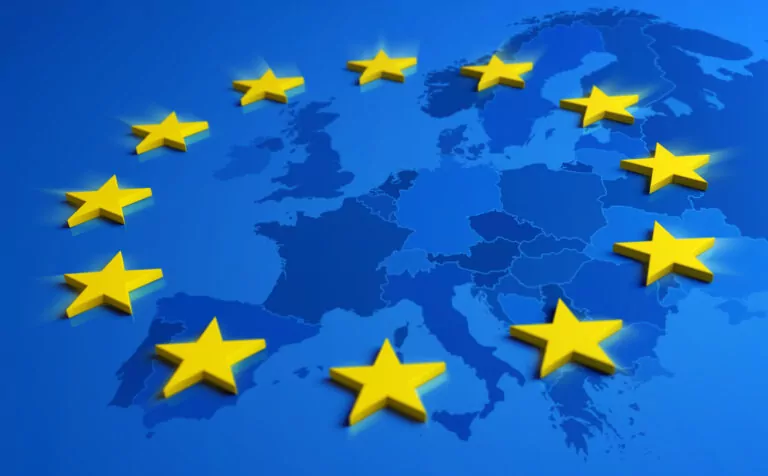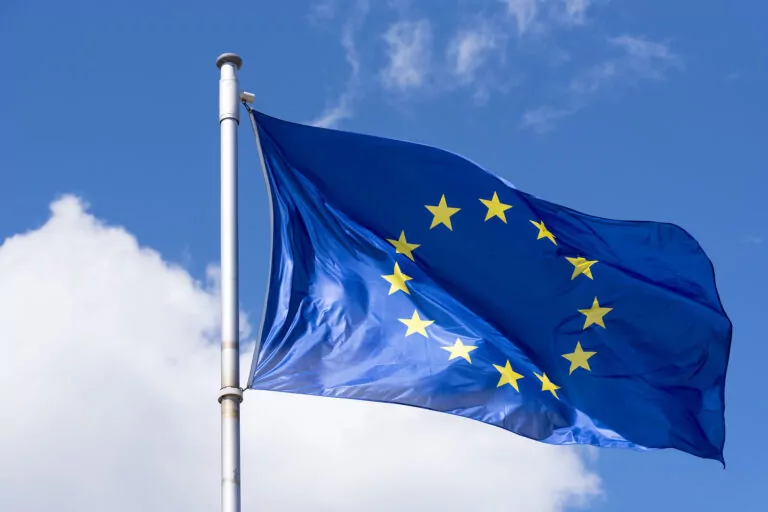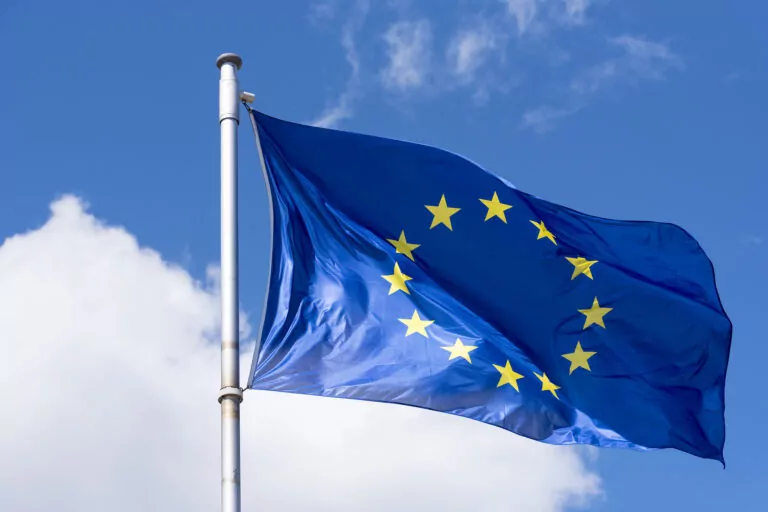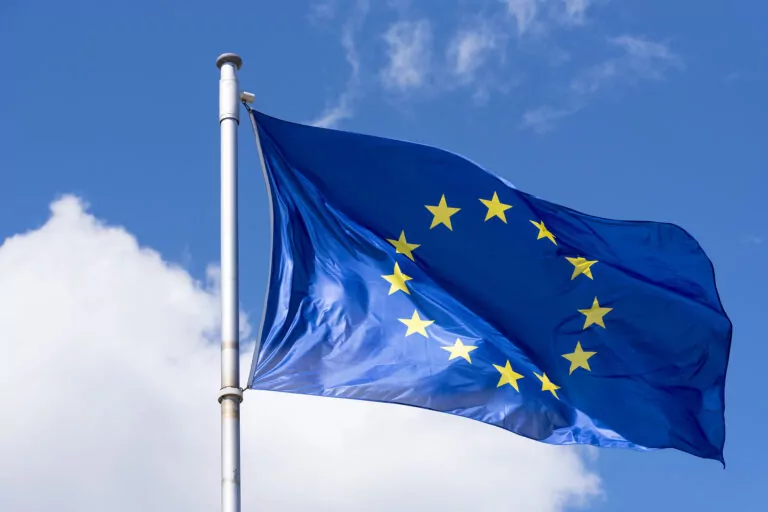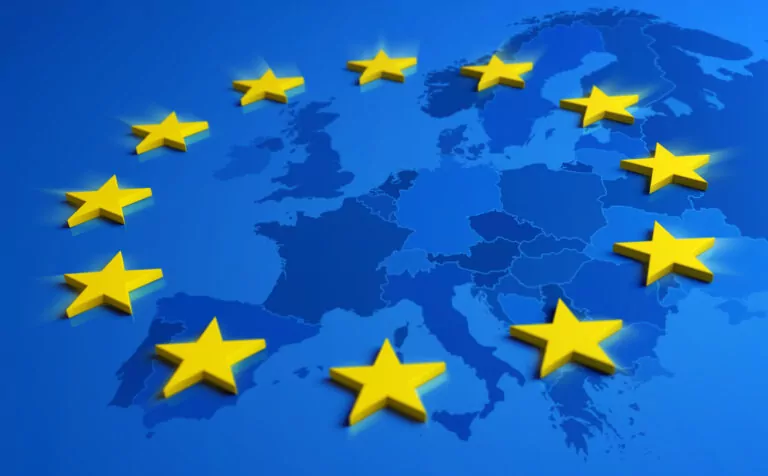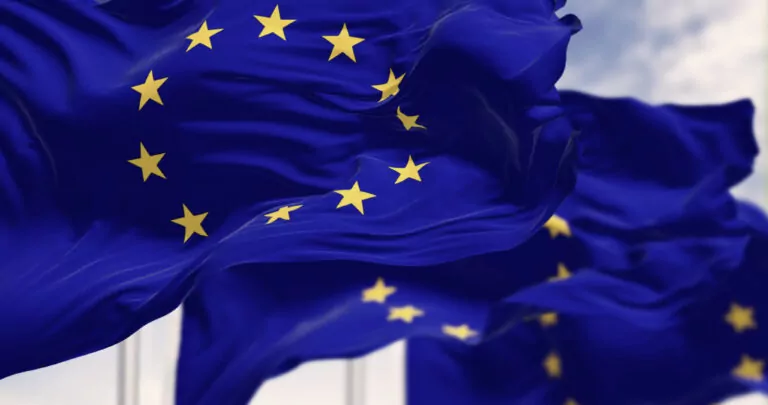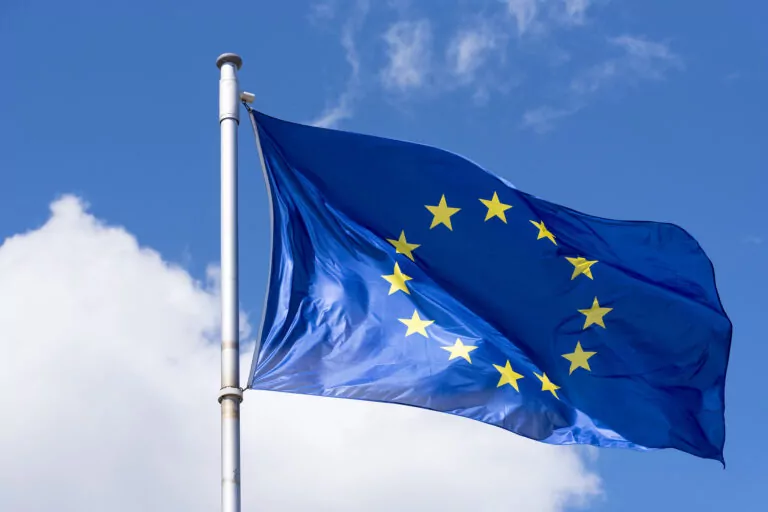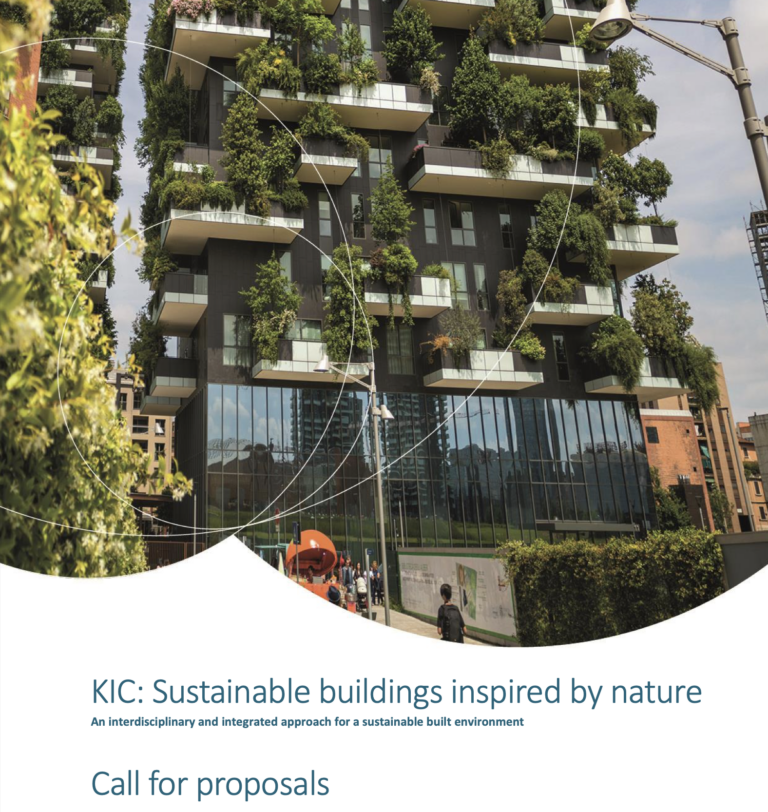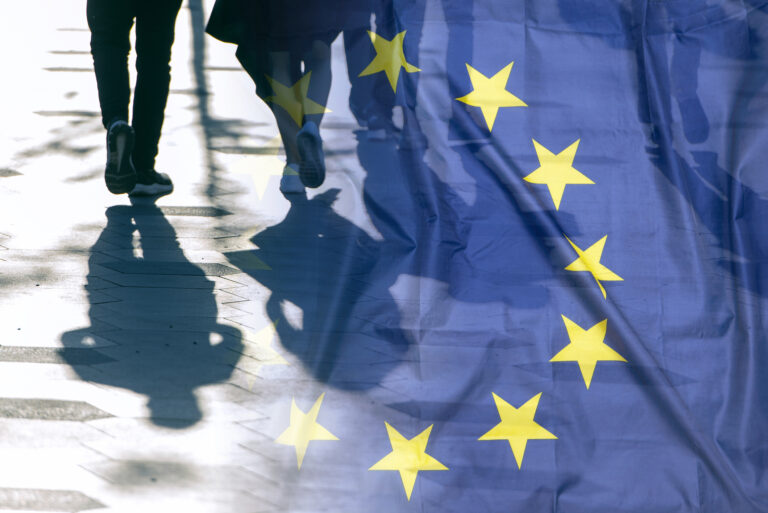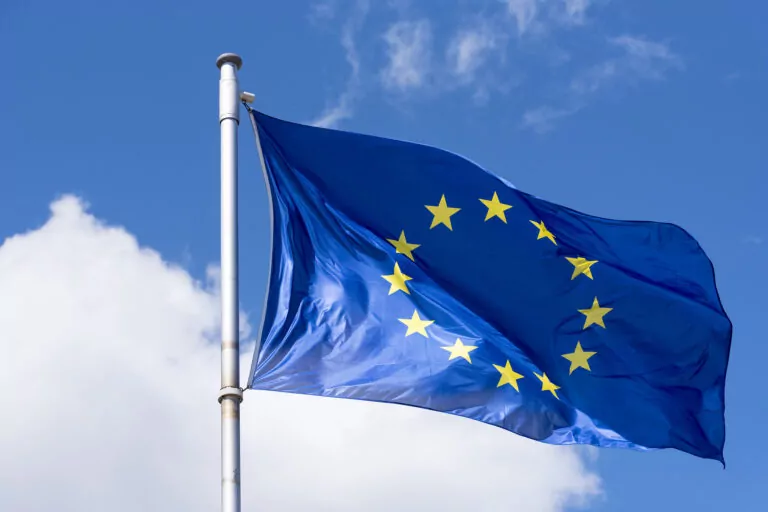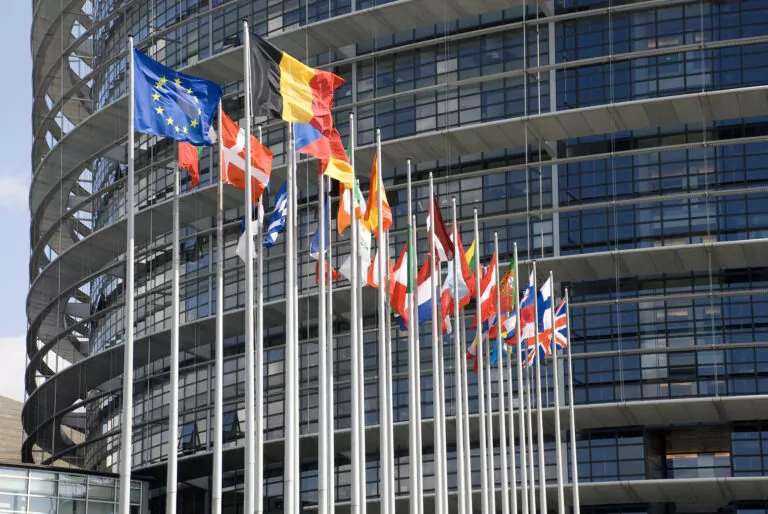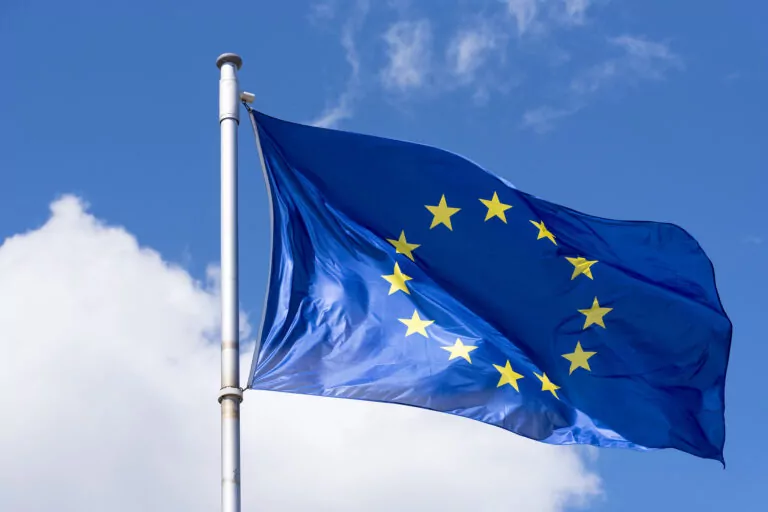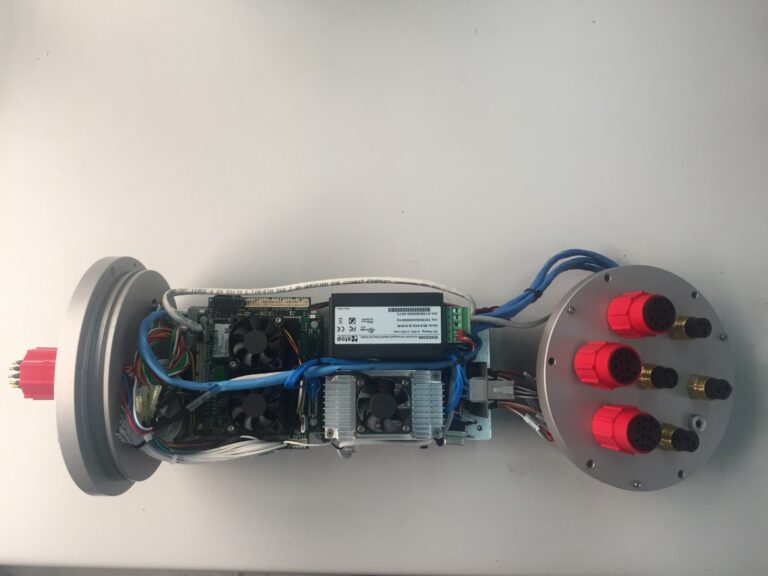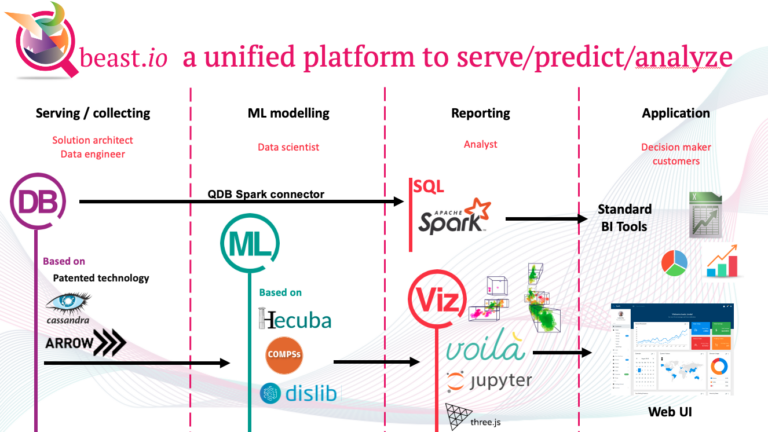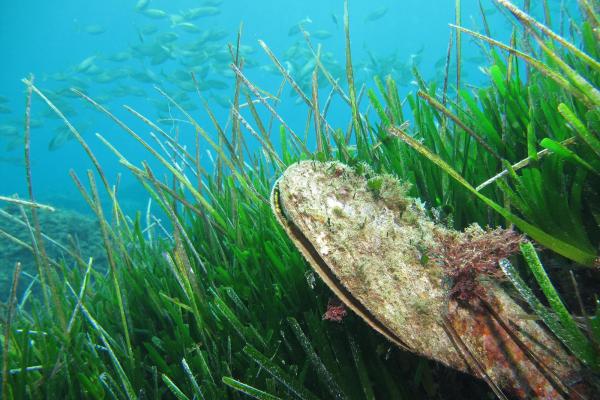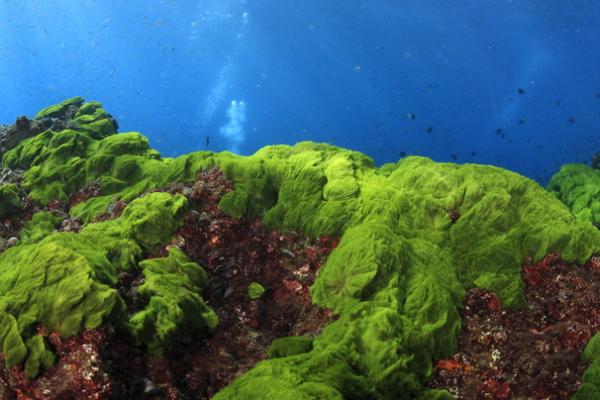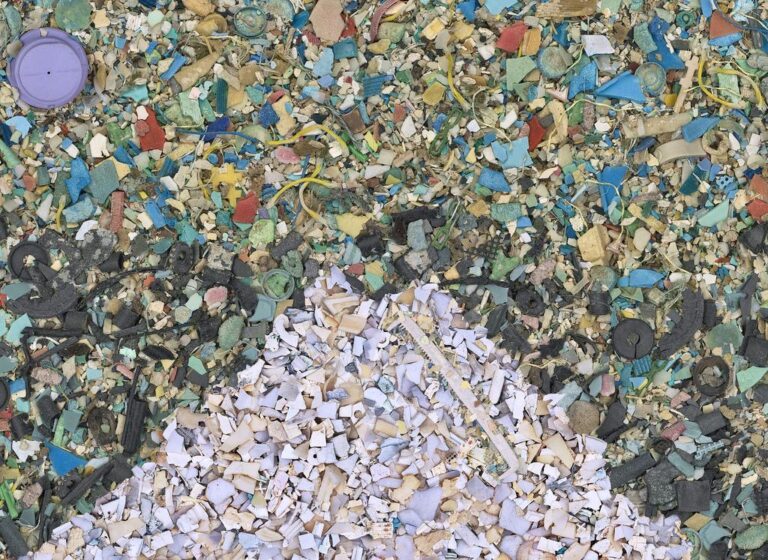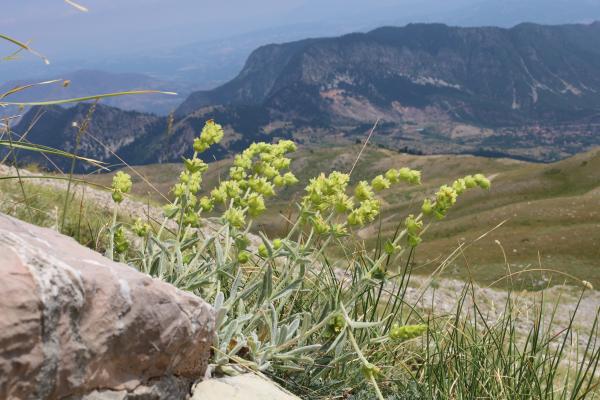Add to favorites:
Share:
Successful proposals should contribute to a clean, competitive and circular economy and sustainable bioeconomy, through the integration of bioprospecting/biodiscovery, biotechnology and biomanufacturing, enabling the deployment of innovative circular and climate-neutral bio-based materials, processes and value chains with higher resource efficiency and market value.
Project results are expected to contribute to all of the following expected outcomes:
- demonstrating the broadened range of more sustainable and more accessible natural bio-based products from terrestrial ecosystems with high value market applications;
- demonstrating advances in the development and/or application of related computational tools and methods or technologies, such as AI etc. in the biodiscovery pipeline;
- increased commitment to biodiversity preservation and conservation through enabling bioproduction routes (biosynthesis, fermentation, culturing) of natural products, ensuring that the biodiscovery of new compounds does not lead to unsustainable harvesting from the wild, to ensure a sustainable use of genetic diversity;
- awareness raising and creation of a better framework for biotechnology and bio-based innovation and uptake through broad stakeholder engagement, supporting the EU biotechnology and biomanufacturing initiative.
The action covers modern biodiscovery approaches, including full integration of digital-driven, ‘-omics’ and associated bioinformatic tools[1], which make possible the identification and further upscaling (optimized production) of bioactive natural compounds with potential high-value application in various bio-based sectors including pharmaceuticals, nutraceuticals, cosmetics, food/feed additives, agrochemicals, cleaning etc. In the context of this topic, the natural products are understood as biologically active products such as secondary metabolites as well as enzymes derived from terrestrial organisms. New products should be safe and sustainable following the SSbD approach.[2]
The scope covers immense diversity of terrestrial micro- and macro-organisms and their communities, which represents a rich and largely unexplored reservoir of natural products and their base ingredients (e.g. plants, fungi, microorganisms etc are in scope. The biochemical interplay between interspecies communities, e.g. symbiotic or defence mechanisms may offer attractive leads and is also in scope). For the coverage of aquatic bioprospecting see parallel topic HORIZON-CL6-2025-01-CIRCBIO-14: Bioprospecting of marine natural products in the -omics & artificial intelligence era.
The aim of this action is to broaden the range of novel compounds, lowering the production costs, quicken the development pipeline, and enable more innovation for the industrial operators, with clear-cut benefits for the final users (consumers and industries). The biodiscovery pipeline may cover in silico prospecting, genomic characterisation, creation of natural product libraries, bioactivity screening, chemical structure elucidation, natural products isolation and purification, and/or optimized production pathways via biotechnology and biomanufacturing approaches (including via gene editing) in suitable industrial facilities (bioreactors/biorefineries, e.g. microbial production), or synthetic biology approaches.
Targeted terrestrial biological resources can be sourced from their natural environment (in-situ) and/or from public and private collections and gene-banks (ex-situ).
The integration of digital approaches and tools (AI, computer algorithms such as machine learning, modelling, data science, digital twins etc) on optimizing the biodiscovery processes such as identification of biosynthetic gene clusters and metabolic pathways, enzyme selection, combinatorial assembly and annotation of high-throughput DNA sequencing data, bioactivity prediction, elucidation of the structure of compounds, experimental design etc is in scope (see the parallel topic HORIZON-CL6-2025-01-CIRCBIO-09: Unleashing the potential and advancing the impact of the digitalization/AI of the bio-based value chains).
Safety to the end-users, and operators needs to be assessed and guaranteed.
The action needs to avoid overlaps to past or ongoing topics (e.g. projects funded under the topic HORIZON-CL6-2022-CIRCBIO-02-05-two-stage - Life sciences and their convergence with digital technologies for prospecting, understanding and sustainably using biological resources, or the topic HORIZON-CL6-2023-CIRCBIO-01 - Broadening the spectrum of robust enzymes and microbial hosts in industrial biotechnology), consider synergies to parallel actions (e.g. HORIZON-CL6-2025-01-CIRCBIO-14 - Bioprospecting of marine natural products in the omics and artificial intelligence era), as well as funded under topic HORIZON-2020-FNR-11-2020: Prospecting aquatic and terrestrial natural biological resources for biologically active compounds[3]. Also, links to the actions under the Circular Bio-based Europe Joint Undertaking (CBE JU) may be established, as relevant.
Proposals should take into account the findings of the Global Resources Outlook 2024 of the International Resource Panel.
Projects will have a strong industry/SME focus and include demonstration activities to proof the techno/economic viability of the production of the proposed terrestrial natural product(s) and/or the biodiscovery platform tools combining digital approaches and tools and biotechnologies.
The action needs to guarantee biodiversity preservation. This can be addressed, inter alia, by covering propagation of biological material, including by in vitro cultivation, as well as by biotechnological approaches. The aim is to decrease of pressure on wild resources and ensure higher overall sustainability, with policy dialogue with competent authorities; projects need to comply with applicable EU regulations and international rules on access to biological resources, such as UN Convention on Biological Diversity and its Nagoya Protocol, their sustainable use and the fair and equitable sharing of benefits from their utilisation. A sustainability assessment should be carried out to evaluate the environmental, economic and social performance of the developed product(s). Proposals should contribute to understanding of potential trade-offs inherent in the exploitation of ecosystems, and their potential to deliver ecosystem services. Any risks to the ecosystems should be assessed and minimised, along the application of the Do-No-Significant-Harm (DNSH) principle.
Proposals should include a task dedicated to sharing methodologies and findings with projects funded under this topic and with similar recent or ongoing projects.
International cooperation is encouraged, for win-win outcomes and mutual benefits.
[1] Related to e.g. statistics, algorithms, AI, data science, modelling etc.
[2] Commission Recommendation (EU) 2022/2510 of 8 December 2022 establishing a European assessment framework for ‘safe and sustainable by design’ chemicals and materials.
[3] https://cordis.europa.eu/programme/id/H2020_FNR-11-2020/en.
Expected Outcome
Successful proposals should contribute to a clean, competitive and circular economy and sustainable bioeconomy, through the integration of bioprospecting/biodiscovery, biotechnology and biomanufacturing, enabling the deployment of innovative circular and climate-neutral bio-based materials, processes and value chains with higher resource efficiency and market value.
Project results are expected to contribute to all of the following expected outcomes:
- demonstrating the broadened range of more sustainable and more accessible natural bio-based products from terrestrial ecosystems with high value market applications;
- demonstrating advances in the development and/or application of related computational tools and methods or technologies, such as AI etc. in the biodiscovery pipeline;
- increased commitment to biodiversity preservation and conservation through enabling bioproduction routes (biosynthesis, fermentation, culturing) of natural products, ensuring that the biodiscovery of new compounds does not lead to unsustainable harvesting from the wild, to ensure a sustainable use of genetic diversity;
- awareness raising and creation of a better framework for biotechnology and bio-based innovation and uptake through broad stakeholder engagement, supporting the EU biotechnology and biomanufacturing initiative.
Scope
The action covers modern biodiscovery approaches, including full integration of digital-driven, ‘-omics’ and associated bioinformatic tools[1], which make possible the identification and further upscaling (optimized production) of bioactive natural compounds with potential high-value application in various bio-based sectors including pharmaceuticals, nutraceuticals, cosmetics, food/feed additives, agrochemicals, cleaning etc. In the context of this topic, the natural products are understood as biologically active products such as secondary metabolites as well as enzymes derived from terrestrial organisms. New products should be safe and sustainable following the SSbD approach.[2]
The scope covers immense diversity of terrestrial micro- and macro-organisms and their communities, which represents a rich and largely unexplored reservoir of natural products and their base ingredients (e.g. plants, fungi, microorganisms etc are in scope. The biochemical interplay between interspecies communities, e.g. symbiotic or defence mechanisms may offer attractive leads and is also in scope). For the coverage of aquatic bioprospecting see parallel topic HORIZON-CL6-2025-01-CIRCBIO-14: Bioprospecting of marine natural products in the -omics & artificial intelligence era.
The aim of this action is to broaden the range of novel compounds, lowering the production costs, quicken the development pipeline, and enable more innovation for the industrial operators, with clear-cut benefits for the final users (consumers and industries). The biodiscovery pipeline may cover in silico prospecting, genomic characterisation, creation of natural product libraries, bioactivity screening, chemical structure elucidation, natural products isolation and purification, and/or optimized production pathways via biotechnology and biomanufacturing approaches (including via gene editing) in suitable industrial facilities (bioreactors/biorefineries, e.g. microbial production), or synthetic biology approaches.
Targeted terrestrial biological resources can be sourced from their natural environment (in-situ) and/or from public and private collections and gene-banks (ex-situ).
The integration of digital approaches and tools (AI, computer algorithms such as machine learning, modelling, data science, digital twins etc) on optimizing the biodiscovery processes such as identification of biosynthetic gene clusters and metabolic pathways, enzyme selection, combinatorial assembly and annotation of high-throughput DNA sequencing data, bioactivity prediction, elucidation of the structure of compounds, experimental design etc is in scope (see the parallel topic HORIZON-CL6-2025-01-CIRCBIO-09: Unleashing the potential and advancing the impact of the digitalization/AI of the bio-based value chains).
Safety to the end-users, and operators needs to be assessed and guaranteed.
The action needs to avoid overlaps to past or ongoing topics (e.g. projects funded under the topic HORIZON-CL6-2022-CIRCBIO-02-05-two-stage - Life sciences and their convergence with digital technologies for prospecting, understanding and sustainably using biological resources, or the topic HORIZON-CL6-2023-CIRCBIO-01 - Broadening the spectrum of robust enzymes and microbial hosts in industrial biotechnology), consider synergies to parallel actions (e.g. HORIZON-CL6-2025-01-CIRCBIO-14 - Bioprospecting of marine natural products in the omics and artificial intelligence era), as well as funded under topic HORIZON-2020-FNR-11-2020: Prospecting aquatic and terrestrial natural biological resources for biologically active compounds[3]. Also, links to the actions under the Circular Bio-based Europe Joint Undertaking (CBE JU) may be established, as relevant.
Proposals should take into account the findings of the Global Resources Outlook 2024 of the International Resource Panel.
Projects will have a strong industry/SME focus and include demonstration activities to proof the techno/economic viability of the production of the proposed terrestrial natural product(s) and/or the biodiscovery platform tools combining digital approaches and tools and biotechnologies.
The action needs to guarantee biodiversity preservation. This can be addressed, inter alia, by covering propagation of biological material, including by in vitro cultivation, as well as by biotechnological approaches. The aim is to decrease of pressure on wild resources and ensure higher overall sustainability, with policy dialogue with competent authorities; projects need to comply with applicable EU regulations and international rules on access to biological resources, such as UN Convention on Biological Diversity and its Nagoya Protocol, their sustainable use and the fair and equitable sharing of benefits from their utilisation. A sustainability assessment should be carried out to evaluate the environmental, economic and social performance of the developed product(s). Proposals should contribute to understanding of potential trade-offs inherent in the exploitation of ecosystems, and their potential to deliver ecosystem services. Any risks to the ecosystems should be assessed and minimised, along the application of the Do-No-Significant-Harm (DNSH) principle.
Proposals should include a task dedicated to sharing methodologies and findings with projects funded under this topic and with similar recent or ongoing projects.
International cooperation is encouraged, for win-win outcomes and mutual benefits.
[1] Related to e.g. statistics, algorithms, AI, data science, modelling etc.
[2] Commission Recommendation (EU) 2022/2510 of 8 December 2022 establishing a European assessment framework for ‘safe and sustainable by design’ chemicals and materials.
[3] https://cordis.europa.eu/programme/id/H2020_FNR-11-2020/en.
Partner Requests
Explore Real Collaboration Opportunities
🔍 As a logged-in member, you now have exclusive access to all active Partner Requests for this Funding Call.
See who’s looking for collaborators, explore exciting project ideas, and discover how others are planning to make an impact.
💡 Use these insights to get inspired—or take the next step and start a request of your own (3 entries for free).
Log in or registrate here for free.
You must be logged in to submit or manage a partner request.
Ask our experts about this call
Connect with the Listing Owner!
💬 Please log in now to send a direct message to our experts and ask your questions. Not a member yet? Sign up for free and start connecting today!
Related Funding and Finance Opportunities
Unlock Exclusive Funding Opportunities!
🔑 Get instant access to tailored funding opportunities that perfectly match your needs. This powerful feature is exclusively available to our premium members—helping you save time, stay ahead of the competition, and secure the right funding faster.
Upgrade to Premium now and never miss an important opportunity again! Already a premium member? Log in here to explore your matches.
Related Innovation Offers
Related Knowledgebase Resources
Discover More with Premium: Related Knowledge Resources
🔒 You’re missing out on expert-curated knowledge specifically matched to this topic. As a Premium member, you gain exclusive access to in-depth articles, guides, and insights that help you make smarter decisions, faster.
Whether you’re preparing a funding proposal, researching a new market, or just need reliable information—our Premium knowledge matches save you hours of research and point you directly to what matters.
Upgrade to Premium now and instantly unlock relevant knowledge tailored to your needs! Already a member? Log in here to view your personalized content.

